

Clarinet Survival Guide
Everything a clarinetist needs to get started, and keep playing. Whether you’re a student just starting out, or an educator shaping the next generation of clarinet masters, this all-in-one guide offers essential tips, tools, and gear for long-term success.
Reed Selection Made Simple
Match the reed to the player’s level and tone goals.

Rico Reeds
Rico reeds are designed to ensure young students produce a clear, full sound right from the beginning of their study.
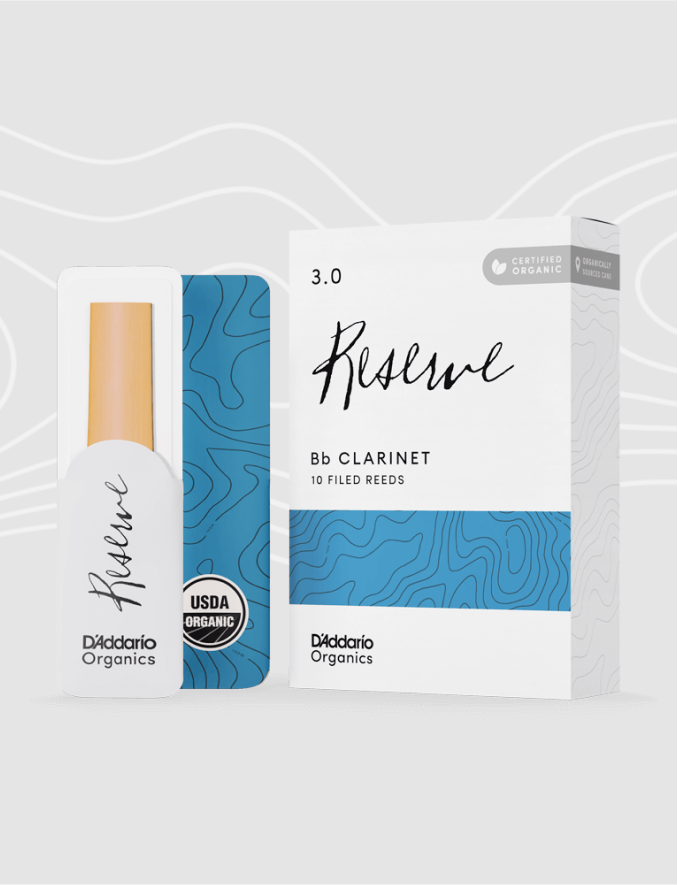
Reserve Reeds
Reserve is great for beginners to professionals looking for a clear, focused tone and a reed that is easy to control.

Reserve Classic
Reserve Classic is great for beginners to professionals looking for a warm, complex tonal quality with a flexible overall feel.
Reed Selection Tips
- Pick reeds based on sound and response. If a reed feels too hard or the tone is fuzzy, try a softer strength. If it feels too easy or the tone lacks depth, go harder.
- Check the age of the reed. Old reeds lose strength and may feel too soft even if they were once appropriate.
- Place the ligature securely on the smooth part of the reed, beneath the vamp and/or file mark.
- When testing a reed, aim for a small sliver of black mouthpiece tip to show above the reed. If it’s too easy, raise it slightly. If it’s too hard or buzzy, lower it slightly.
Finding the Right Mouthpiece
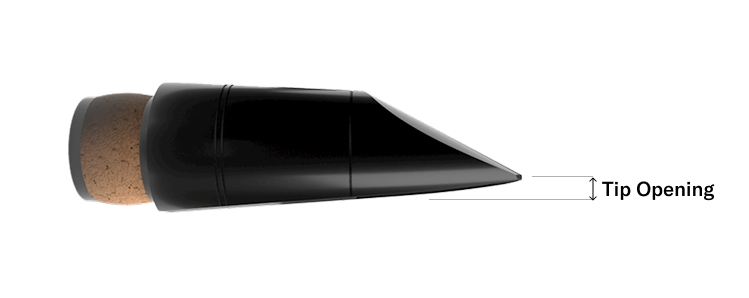
Mouthpieces 101
Mouthpiece facing refers to the curve that extends away from the reed. This curve is often described by the tip opening: the space between the tip of the reed and the tip of the mouthpiece.
- Mouthpieces with a close facing (smaller tip opening and gentler curve) pair well with harder reeds and create less resistance, making them easier to play for beginners or for players who prefer to produce workable resistance from a stronger reed strength.
- Mouthpieces with an open facing (larger tip opening and steeper curve) offer greater flexibility and more resistance, and typically work best with softer reeds. However, they might require more control from the player.
Reserve Mouthpieces
Reserve Mouthpieces are precision-milled and available in three resistance levels to support student development and tonal consistency.
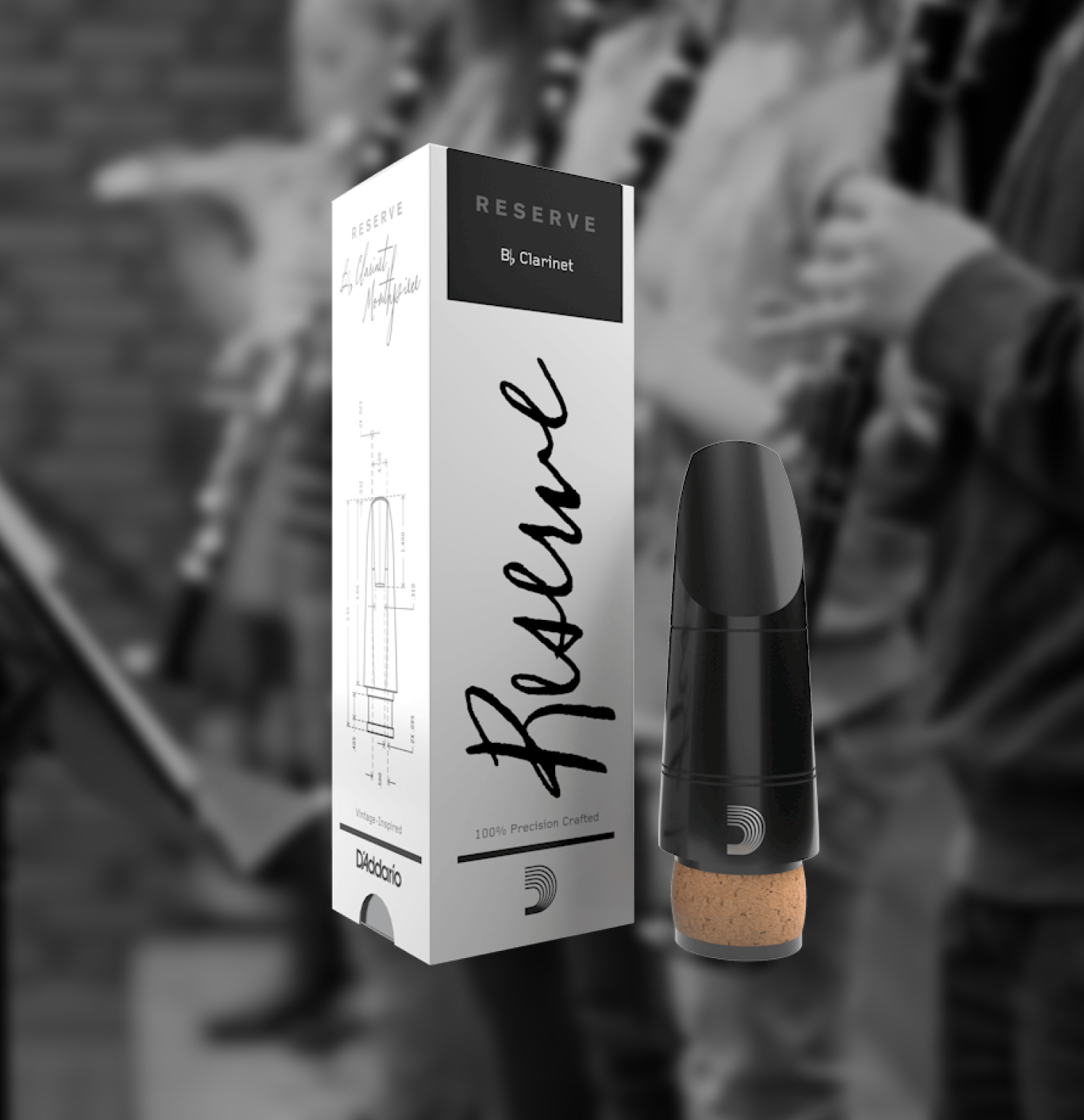
Comparison Charts
Use the Resistance and Strength Comparison Charts to find your ideal setup.
Mouthpiece Comparison Chart Reed Strength Comparison Chart
Clarinet Care Tips
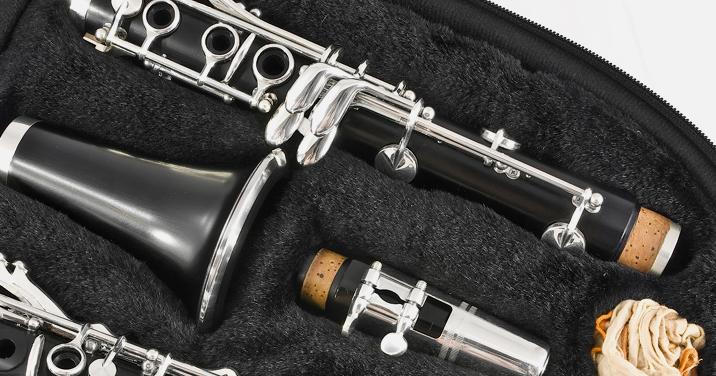
Extend the life of your gear and sound.
- Use a mouthpiece patch and cap to prevent teeth marks and damage.
- Swab the inside regularly to remove moisture and prevent mold or cracking.
- Replace worn reeds early to maintain intonation and tone.
- Store your clarinet properly using a case with breathable padding.
- Store your reeds in a D'Addario Reed Guard or Reed Vitalizer case - never on the mouthpiece - to increase their lifespan and prevent warpage and damage.
- Avoid eating or drinking sugary beverages before playing. If you can't avoid it, brush your teeth before you play or wash your mouth out with water.
- Clean your mouthpiece regularly—swabbing can gradually wear down the inside of your mouthpiece over time and alter the mouthpiece's feel and sound. Swab with care and discretion. At D'Addario, we recommend cleaning your mouthpiece at the kitchen sink with mild dish soap and lukewarm water. For hard-to-reach areas and sharp edges inside the mouthpiece, use cotton swabs to gently remove buildup.
Recommended Accessories
Give yourself or your students every advantage.
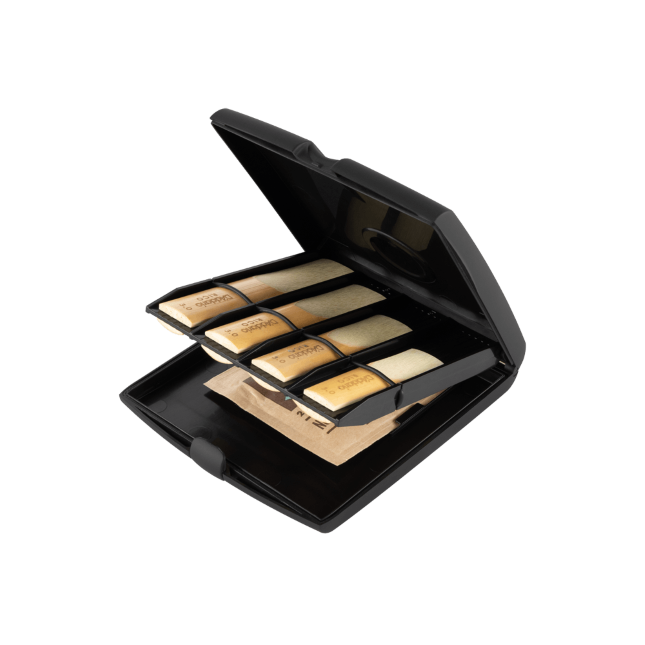

Teaching Strategies for Beginners

Help your students develop good habits from day one.
- Mouthpiece & Barrel Work: Have beginning students warm up daily with the mouthpiece and barrel to focus on fundamentals. If their embouchure, tongue position, and air speed is correct, they will produce a concert F#.
- Straws, Swab in Bell: For students struggling to produce a full sound, roll a swab into a ball and insert tightly into the clarinet bell. Ask them to play a passage and try to push the swab out with their air. While they’re playing, pull the swab out of the bell and the student should be producing a nice, full sound!
- Paper Trick: Students often don’t take in enough mouthpiece. Slide a piece of paper between the reed and the mouthpiece until the piece of paper stops. This is the contact point between the reed and the mouthpiece – this is where the student’s bottom lip should be placed.
- Hand Positioning: If a student rests their left hand thumb against the body of the clarinet when playing instead of hovering over the thumb hole, place a mounting square underneath the thumb hole. When the student rests their finger against the body of the instrument, it will stick to the mounting square and remind them to keep their thumb hovering over the thumb hole.
- Voicing Check: To check a student’s tongue position, have them sustain a C6 above the staff. While the student is playing, press the second side key from the top. This should produce a clear D6 in the altissimo register. If the D does not speak clearly, the student’s tongue is too low.
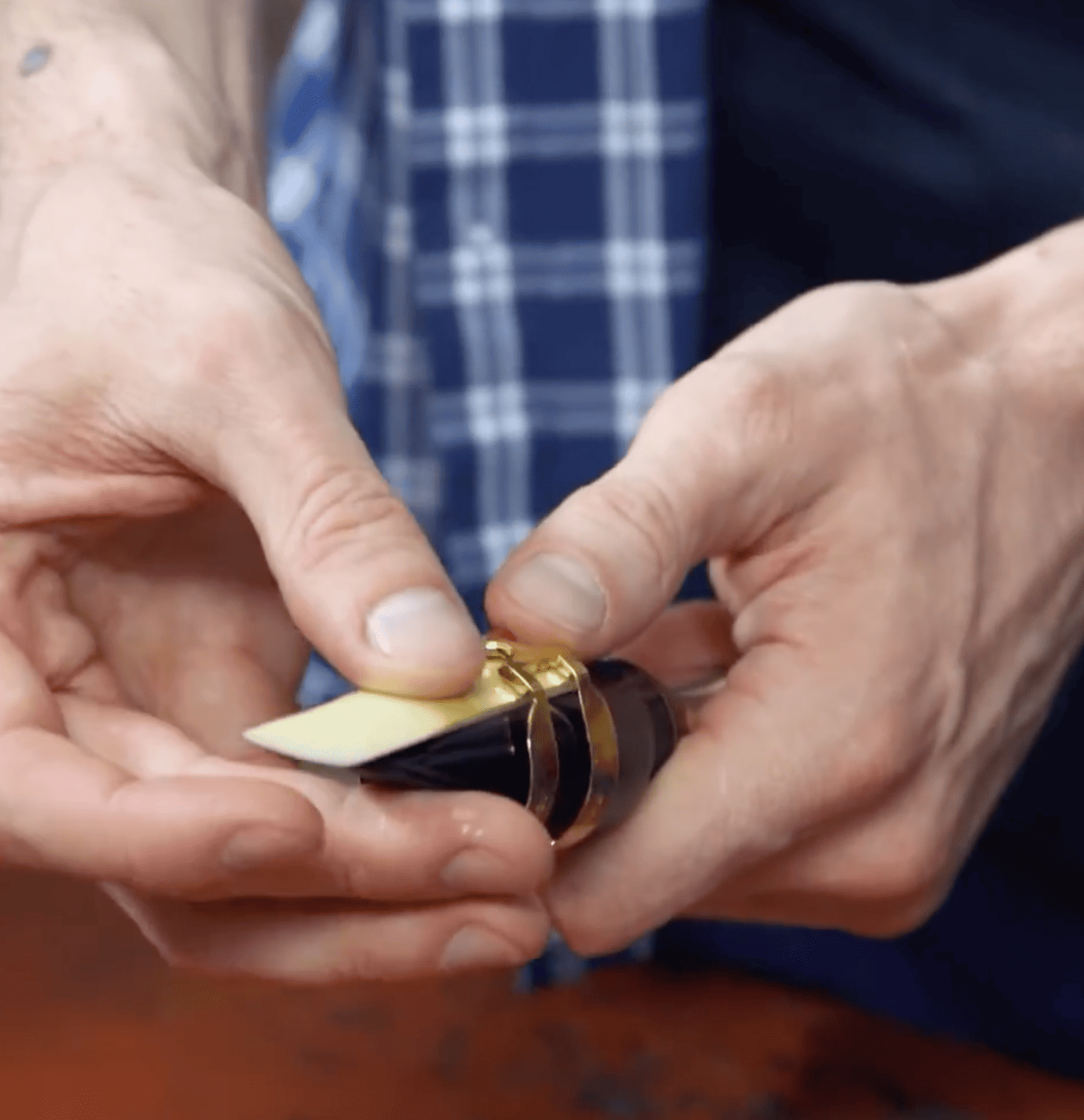
Ready to Build the Perfect Clarinet Setup?
Browse our full clarinet collection or download the Clarinet Survival Guide PDF to keep handy during lessons.






